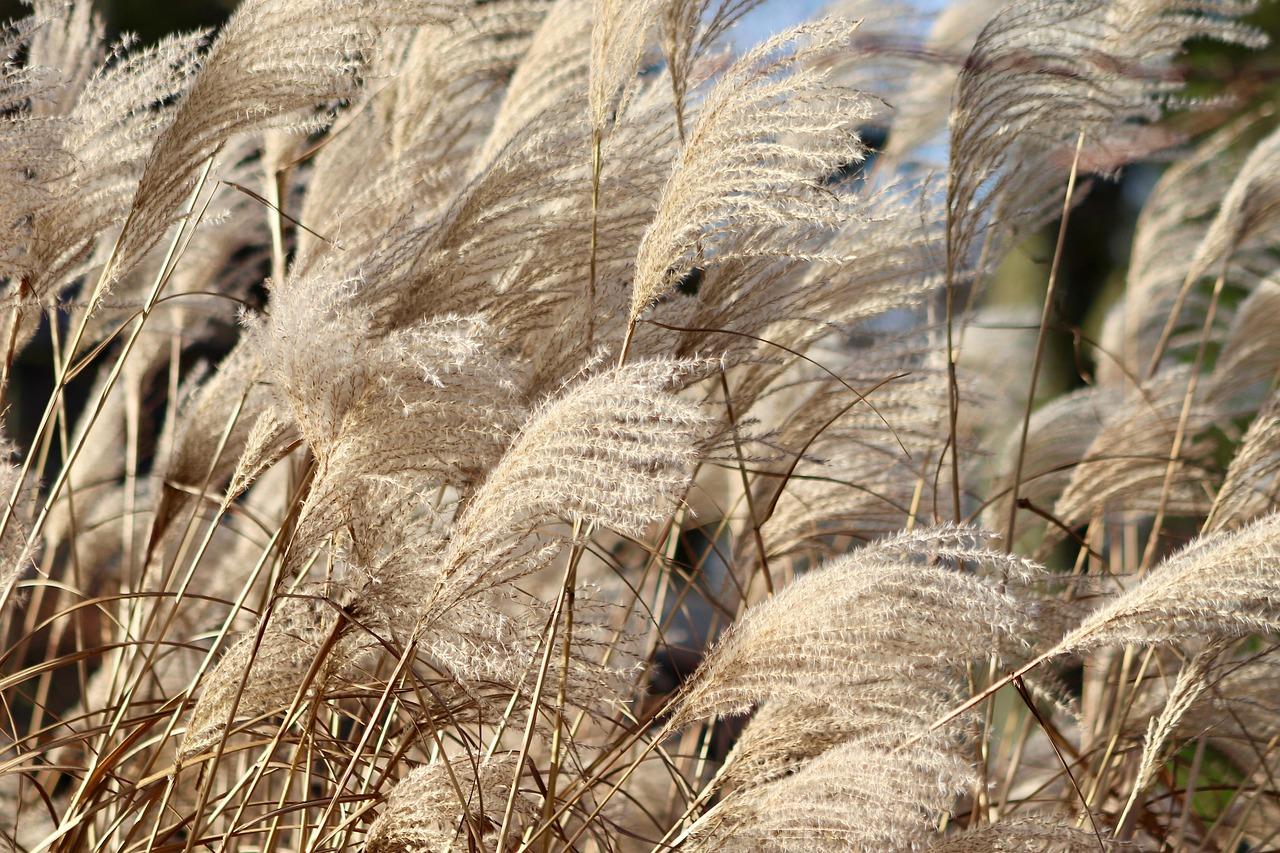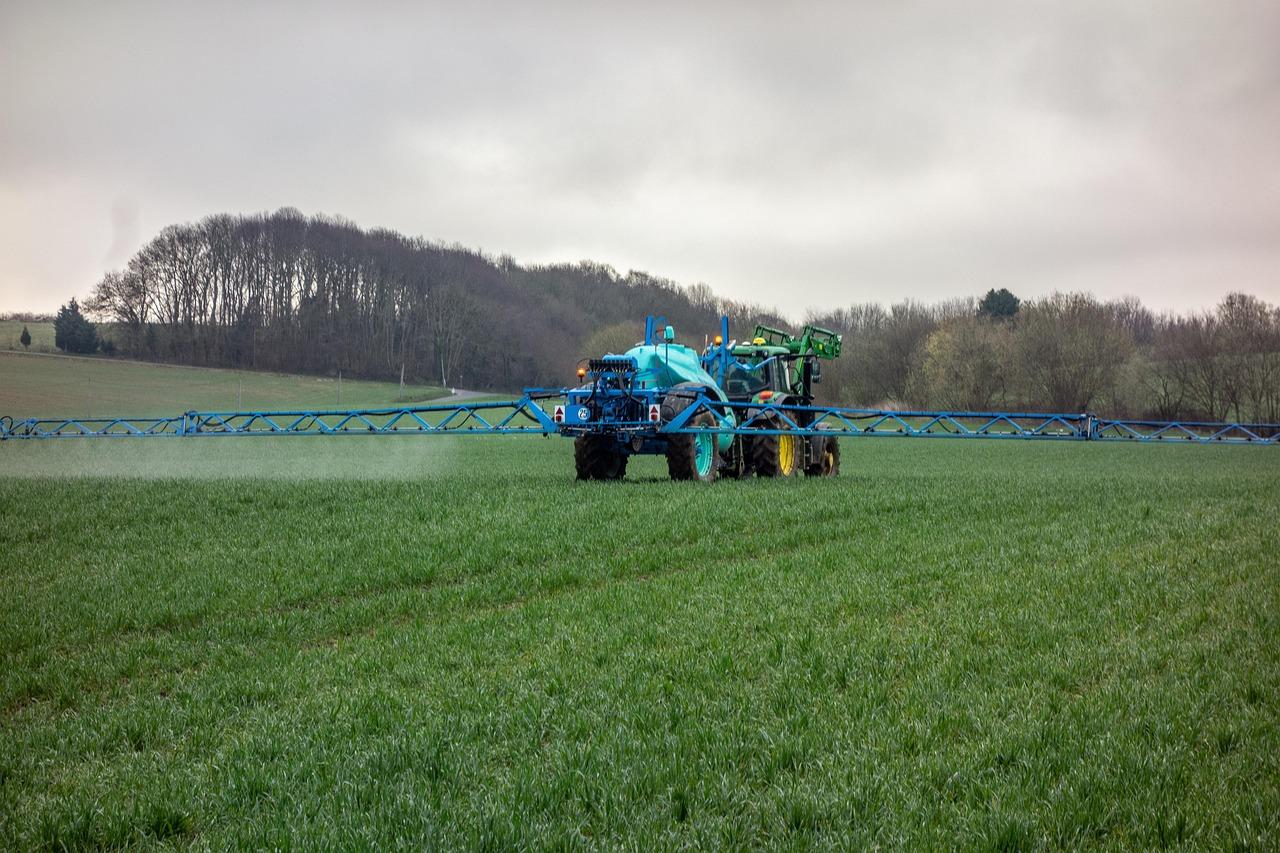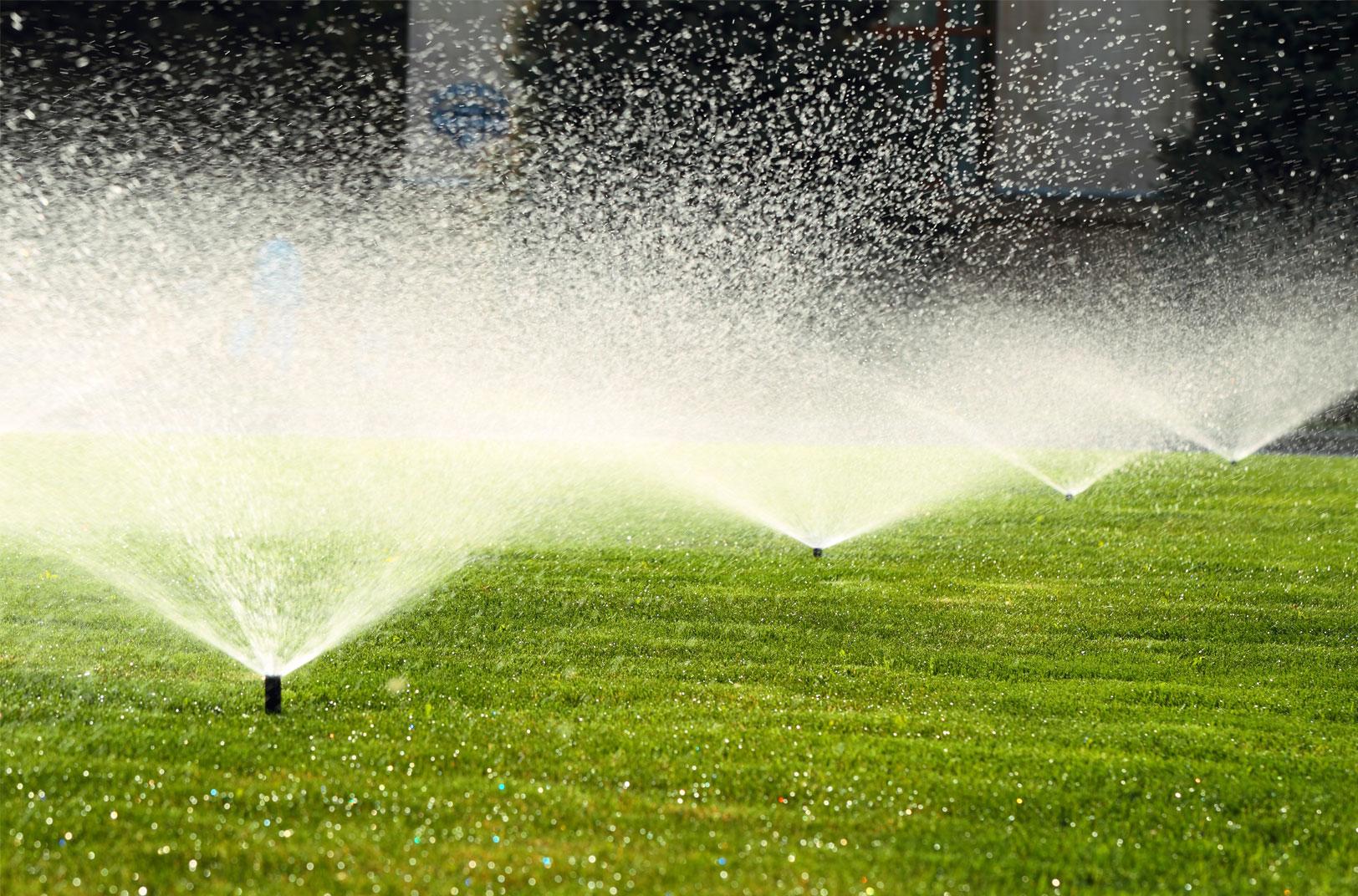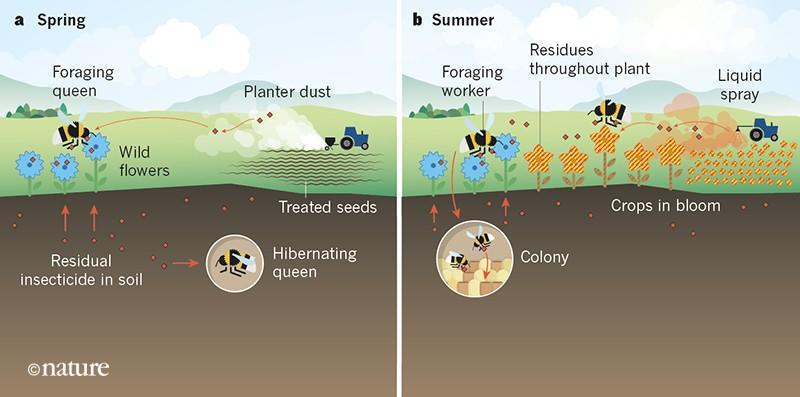As the sun casts its warm glow over our backyards, the allure of lush, green lawns beckons many homeowners. However, maintaining that verdant paradise often comes at a cost to the habitat. Conventional lawn care practices can contribute to soil degradation, water pollution, and biodiversity loss.Thankfully, a shift toward eco-kind lawn care is not only possible but also simple. In this article, we’ll explore six actionable steps to cultivate a greener yard, transforming your outdoor space into an inviting haven for both your family and the ecosystem. By embracing enduring practices, you can enjoy the beauty of a thriving lawn while treading lightly on our planet. let’s delve into the journey towards a more environmentally conscious approach to lawn care.
Choosing the Right Grass for Sustainable Growth
when it comes to nurturing a thriving lawn with minimal environmental impact, selecting the right type of grass is crucial. Not only does the choice of grass affect the aesthetic appeal of your yard, but it also plays a critically important role in water conservation, soil health, and overall sustainability. Some grass types are more drought-resistant, while others are better suited for specific climates and soil conditions.To ensure a greener footprint for your lawn, consider the following factors:
- Climate Compatibility: choose grass varieties that thrive in your local climate zone. For instance, warm-season grasses like Bermuda and Zoysia are ideal for southern regions, while cool-season grasses such as Kentucky bluegrass and fescue flourish in northern areas.
- Soil Type: Conduct a soil test to determine pH and nutrient levels.Grasses like fine fescue are remarkable in sandy soils, whereas tall fescue can handle clayier types.
- Maintenance Needs: Opt for low-maintenance grasses that require less mowing, watering, and fertilization to promote sustainability.Buffalograss, for example, is drought-tolerant and needs minimal upkeep.
To help you make an informed decision, here’s a simple comparison table of popular grass types based on their characteristics:
| Grass Type | Climate | Drought Resistance | Maintenance Level |
|---|---|---|---|
| Bermudagrass | Warm | High | Medium |
| Kentucky Bluegrass | Cool | Medium | High |
| tall fescue | Transition | High | Medium |
| buffalograss | Warm | Very High | Low |
Ultimately, by selecting grass varieties that are well-suited to your environment, you will not only enhance the overall health of your turf but also contribute to a more sustainable ecosystem. Additionally, grasses that are resilient to local pests and diseases will reduce the need for chemical treatments, further supporting an eco-friendly approach. Take the time to research and choose wisely,and your lawn will be a testament to sustainable growth.

Natural Fertilizers: Nourishing Your Lawn the Earth-Friendly Way
Transforming your lawn into a lush green paradise doesn’t have to come at the expense of the environment. By choosing natural fertilizers, you can enrich your soil while promoting a healthy ecosystem. natural fertilizers,derived from organic materials,provide essential nutrients without the harmful chemicals that synthetic options often contain. Opting for these eco-friendly alternatives not only nourishes your grass but also improves soil structure and biodiversity.
Here are some popular types of natural fertilizers that can be easily sourced and applied:
- Compost: A well-balanced blend of kitchen scraps and yard waste,compost adds vital nutrients and helps retain moisture in the soil.
- Manure: Well-rotted animal manure from cows, horses, or chickens can provide a slow-release source of nutrients, ideal for promoting healthy grass growth.
- Bone Meal: Rich in phosphorus, bone meal encourages strong root development and flowering, making it a great choice for both lawns and gardens.
- Fish Emulsion: This liquid fertilizer provides a quick nutrient boost, with microelements that are beneficial for overall plant health.
To create a extensive natural fertilizer regimen, consider the nutrient requirements of your lawn. Understanding your soil’s specific needs will guide you in selecting the right fertilizers. A simple soil test can provide insights into nutrient levels and pH balance, ensuring you apply what’s necesary. Below is a quick reference table to help you match the right natural fertilizer to your lawn’s requirements:
| Fertilizer | Nutrient Benefits | Best Use |
|---|---|---|
| Compost | Balanced nutrients, moisture retention | All-purpose lawn care |
| Manure | high nitrogen content | Spring application for lush growth |
| Bone Meal | Phosphorus-rich | Fall feeding for root strength |
| Fish Emulsion | Quick-release nutrients | Emerging growth in spring |

Water Wisely: Techniques for Efficient Irrigation
Efficient irrigation techniques can transform any yard into a lush retreat while conserving valuable resources. One effective approach is to employ drip irrigation systems,which deliver moisture directly to the roots of plants. this method minimizes evaporation and runoff while ensuring that each plant receives exactly what it needs. Additionally, integrating a soaker hose can provide a slow, steady supply of water, making it ideal for garden beds were water conservation is key.
Utilizing mulch is another excellent strategy that not only enhances the aesthetics of your lawn but also aids in water retention. By spreading a layer of organic mulch around plants and flower beds, you can considerably reduce soil evaporation, keeping the ground cool and moist. The mulch also contributes nutrients to the soil as it breaks down, creating a symbiotic relationship that supports healthy plant growth.
Timing your watering is crucial for maximizing efficiency. To ensure optimal moisture absorption, consider watering in the early morning or late afternoon when temperatures are cooler. This practice helps prevent evaporation losses associated with the midday sun. To provide a clear guide for your watering schedule, use the following table:
| Time of Day | Benefits |
|---|---|
| Early Morning | Lower temperatures reduce evaporation; allows plants to absorb moisture before the heat of the day. |
| Late Afternoon | Helps prevent fungal growth and allows water to soak in overnight. |

Pesticide Alternatives: Protecting Your Lawn and the Ecosystem
Finding alternatives to traditional pesticides is essential for maintaining a vibrant lawn while also safeguarding our environment. By choosing natural solutions, homeowners can effectively manage pests without introducing harmful chemicals into their ecosystems. Some effective alternatives that promote a healthy lawn include:
- Nematodes: These microscopic worms target and eliminate grubs and other soil-dwelling pests.
- Companion Planting: Using beneficial plants to repel pests can create a natural form of pest control.
- Neem Oil: Derived from the seeds of the neem tree, this oil disrupts pest feeding and breeding cycles.
Incorporating cultural practices into lawn care can further reduce pest pressures. Healthy lawns are less susceptible to infestations, so strategies such as:
- Proper Watering: Deep, infrequent watering encourages deep roots and healthier grass.
- Regular Mowing: Keeping grass at an appropriate height discourages weeds and pests.
- Soil Testing: Understanding soil nutrition helps in maintaining balanced fertility, making the lawn more resistant to pests.
By fostering a diverse ecosystem in your garden, you can enhance its resilience. Increase biodiversity by:
- Planting Native Species: Native plants attract beneficial insects and birds that help keep pests in check.
- Creating Habitats: Provide shelters for predators such as ladybugs and spiders, which naturally control pest populations.
- Implementing Mulching: Organic mulch can suffocate weeds and create a habitat for beneficial organisms.
Q&A
Q&A: Eco-Friendly Lawn Care
Q1: What does ‘eco-friendly lawn care’ mean?
A1: Eco-friendly lawn care refers to maintaining a lawn using methods that are beneficial to the environment. this involves minimizing the use of harmful chemicals, conserving water, and nurturing a healthy ecosystem. It aims to create a stunning garden space that not only looks good but also supports biodiversity and helps combat climate change.
Q2: Why is it critically important to adopt eco-friendly practices in lawn care?
A2: Adopting eco-friendly practices in lawn care is crucial for several reasons.It helps reduce pollution, protects local wildlife, conserves water resources, and promotes soil health. By embracing sustainable methods, you can enhance the overall resilience of your yard while contributing to a healthier planet.
Q3: What are the six steps to achieving a greener yard?
A3: the six steps to achieving a greener yard include:
- Soil Testing: Start by testing your soil to understand its nutrient levels and pH balance. This helps in applying the right amendments based on your lawn’s unique needs.
- Natural Fertilizers: Choose organic fertilizers or compost to nourish your lawn. They improve soil fertility without introducing harmful chemicals.
- Water Wisely: Implement smart watering practices, such as watering early in the morning or using a rain barrel, to conserve water and reduce evaporation.
- Mow Smart: Raise the mower blade to keep grass taller, allowing it to develop deeper roots and shade the soil—this reduces weeds and retains moisture.
- Weed Management: Embrace natural weed control techniques, like manual pulling or using boiling water, rather than relying on synthetic herbicides.
- Plant Diversity: Incorporate a mix of native plants and grasses. These are better adapted to your region, require less water, and provide habitat for local wildlife.
Q4: Can eco-friendly lawn care save me money in the long run?
A4: Absolutely! While the initial investment in eco-friendly practices might be higher, over time, you’ll likely see significant savings. Natural fertilizers often provide longer-lasting benefits, efficient water usage lowers utility bills, and a healthy lawn requires fewer pest control measures and less frequent mowing.
Q5: How can I get started with eco-friendly lawn care?
A5: To get started, begin by assessing your current lawn care practices. Identify areas where you can make more environmentally-friendly choices—whether that’s switching to organic fertilizers or adjusting your watering schedule. You might also consider joining a local gardening group focused on sustainable practices for additional support and ideas.
Q6: What challenges can I expect when transitioning to eco-friendly lawn care?
A6: Transitioning to eco-friendly lawn care can present challenges such as longer time commitments, initial slower growth, or a learning curve in using natural products. However, patience is key.With time, your lawn will flourish in a more sustainable and resilient way, benefiting both you and the environment.
Q7: Is it possible to maintain an aesthetically pleasing lawn using eco-friendly methods?
A7: Absolutely! Many homeowners find that a well-maintained eco-friendly lawn can be just as lush and visually appealing, if not more so, than conventionally cared for yards. By using diverse plants and native species alongside sustainable practices, you can create an attractive, thriving outdoor space that enhances the beauty of your property while being gentle on the planet.
—
Incorporate these principles, and watch as your yard transforms not just in appearance, but in its ability to contribute positively to the environment!
Insights and Conclusions
as we step back and admire our greener yards, it’s essential to remember that eco-friendly lawn care is not just a trend but a commitment to our planet’s well-being. By embracing these six steps, we cultivate not only lush grass and vibrant gardens but also a healthier environment for generations to come. each small change contributes to a bigger picture,turning our lawns into sustainable sanctuaries that support biodiversity and reduce our carbon footprint.
So,as you apply these practices,consider the ripple effect your actions have on your community and beyond.Let your yard be a testament to the beauty of responsible stewardship, a place where nature thrives alongside us. Together, we can create a greener future—one yard at a time. Happy gardening!
